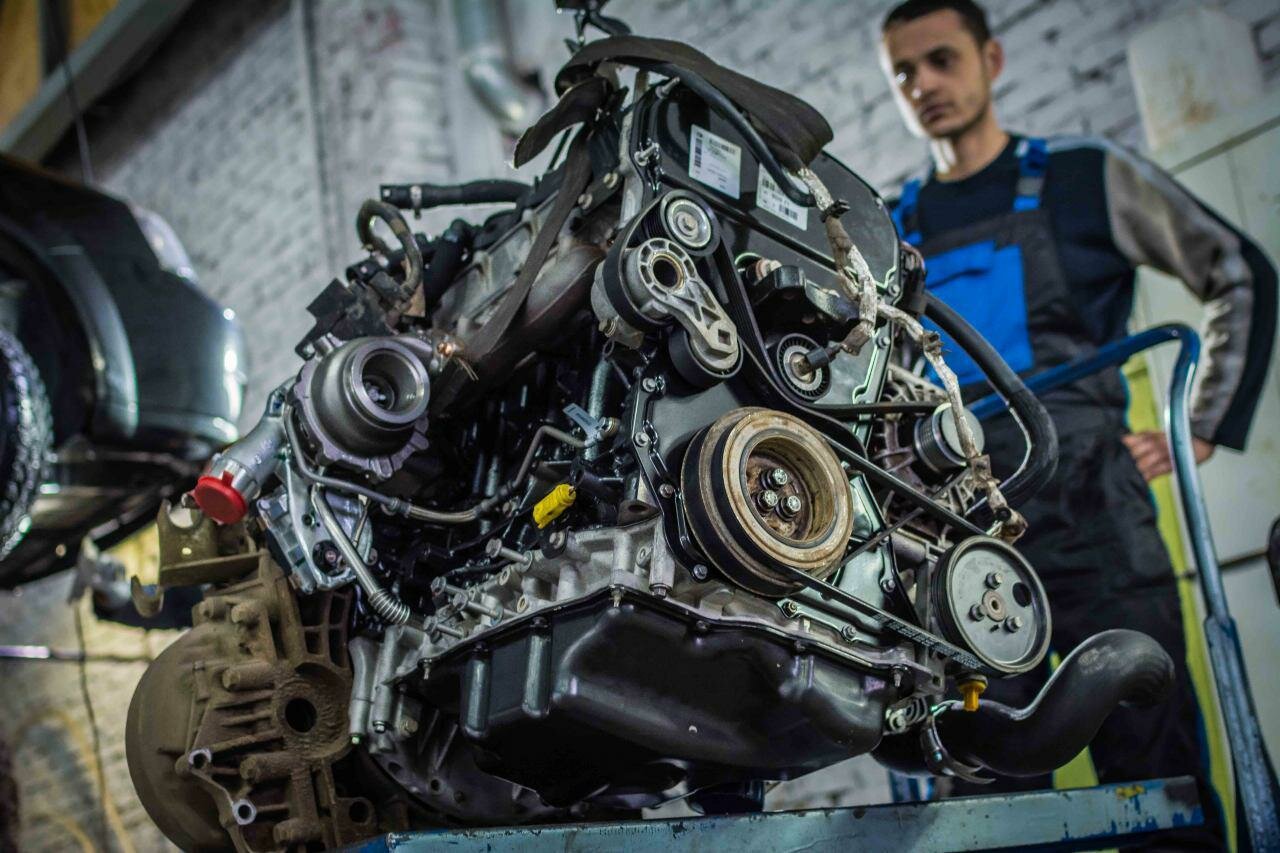Aluminum engine corrosion can be a frustrating and unsightly problem for vehicle owners. Over time, exposure to various elements such as moisture, heat, and chemicals can cause corrosion to develop on the surface of aluminum engine parts. This corrosion not only affects the aesthetic appeal of the engine but can also lead to performance issues if left untreated. In this article, we will explore the effective methods to clean aluminum engine corrosion, providing you with practical recommendations to restore your engine’s appearance and functionality.
- Understanding the Causes of Aluminum Engine Corrosion
- Identifying the Signs of Corrosion
- Gathering the Necessary Tools and Materials
- Preparing the Engine for Cleaning
- Applying the Cleaning Solution
- Scrubbing and Removing Corrosion
- Rinsing and Drying the Engine
- Preventive Measures to Avoid Future Corrosion
Now, let’s delve into each step with a blunt and straightforward approach, providing you with the necessary guidance to tackle aluminum engine corrosion head-on. Remember, there’s no room for sugarcoating when it comes to effectively addressing this issue.
Methods to Clean Aluminum Engine Corrosion
Understanding the Causes of Aluminum Engine Corrosion
Before diving into the cleaning process, it’s crucial to understand the underlying causes of aluminum engine corrosion. Corrosion occurs when the protective oxide layer on the surface of aluminum is compromised, allowing moisture and other corrosive agents to penetrate and react with the metal. Factors such as exposure to saltwater, acidic substances, and extreme temperatures can accelerate the corrosion process.
Identifying the Signs of Corrosion
To effectively clean aluminum engine corrosion, it’s important to identify the signs of corrosion early on. Look out for discoloration, pitting, or white powdery deposits on the surface of the engine components. These are clear indicators of corrosion and should be addressed promptly to prevent further damage.
Gathering the Necessary Tools and Materials
To tackle aluminum engine corrosion, you will need a few essential tools and materials. Here’s a list to get you started:
- Protective gloves and safety goggles
- Wire brush or abrasive pad
- Aluminum cleaner or a mixture of water and vinegar
- Spray bottle or sponge
- Soft cloth or microfiber towel
Preparing the Engine for Cleaning
Before applying any cleaning solution, it’s important to prepare the engine for the cleaning process. Start by ensuring that the engine is cool to the touch. Disconnect the battery and cover any sensitive electrical components to prevent damage. It’s also advisable to cover the surrounding areas with a plastic sheet or newspaper to protect them from the cleaning solution.
Applying the Cleaning Solution
Once the engine is prepped, it’s time to apply the cleaning solution. If using a commercial aluminum cleaner, follow the manufacturer’s instructions. Alternatively, you can create a mixture of equal parts water and vinegar, which acts as a natural and cost-effective cleaner. Transfer the solution into a spray bottle or apply it directly to a sponge.
Scrubbing and Removing Corrosion
Using a wire brush or abrasive pad, gently scrub the corroded areas in a circular motion. Apply moderate pressure to remove the corrosion without causing damage to the aluminum surface. Be thorough in your scrubbing, paying attention to hard-to-reach areas and crevices. Rinse the brush or pad frequently to remove any loosened corrosion debris.
Rinsing and Drying the Engine
After scrubbing, thoroughly rinse the engine with clean water to remove any remaining cleaning solution and corrosion residue. Use a hose or a bucket of water to ensure all areas are rinsed properly. Once rinsed, use a soft cloth or microfiber towel to dry the engine. Ensure that all moisture is removed to prevent any potential for future corrosion.
Preventive Measures to Avoid Future Corrosion
To prevent aluminum engine corrosion in the future, consider taking the following preventive measures:
- Regularly clean and maintain your engine
- Apply a protective coating or wax to the aluminum surfaces
- Avoid exposing the engine to harsh chemicals or corrosive substances
- Keep the engine dry and protected from excessive moisture
Top views |
|
|---|---|
 |
Oil, Timing Chains, Pistons: What Really Kills an Engine Prematurely? |
 |
How to Choose a Car with a Reliable Engine: Used Car Market Hacks That Actually Work |
Conclusion
Cleaning aluminum engine corrosion requires a blunt and straightforward approach. By understanding the causes of corrosion, identifying the signs, and following the proper cleaning methods, you can effectively restore the appearance and functionality of your engine. Remember to gather the necessary tools, prepare the engine, apply the cleaning solution, scrub away the corrosion, rinse and dry the engine thoroughly, and implement preventive measures to avoid future corrosion. With these practical recommendations, you can tackle aluminum engine corrosion head-on and ensure the longevity of your engine.




0 Comments